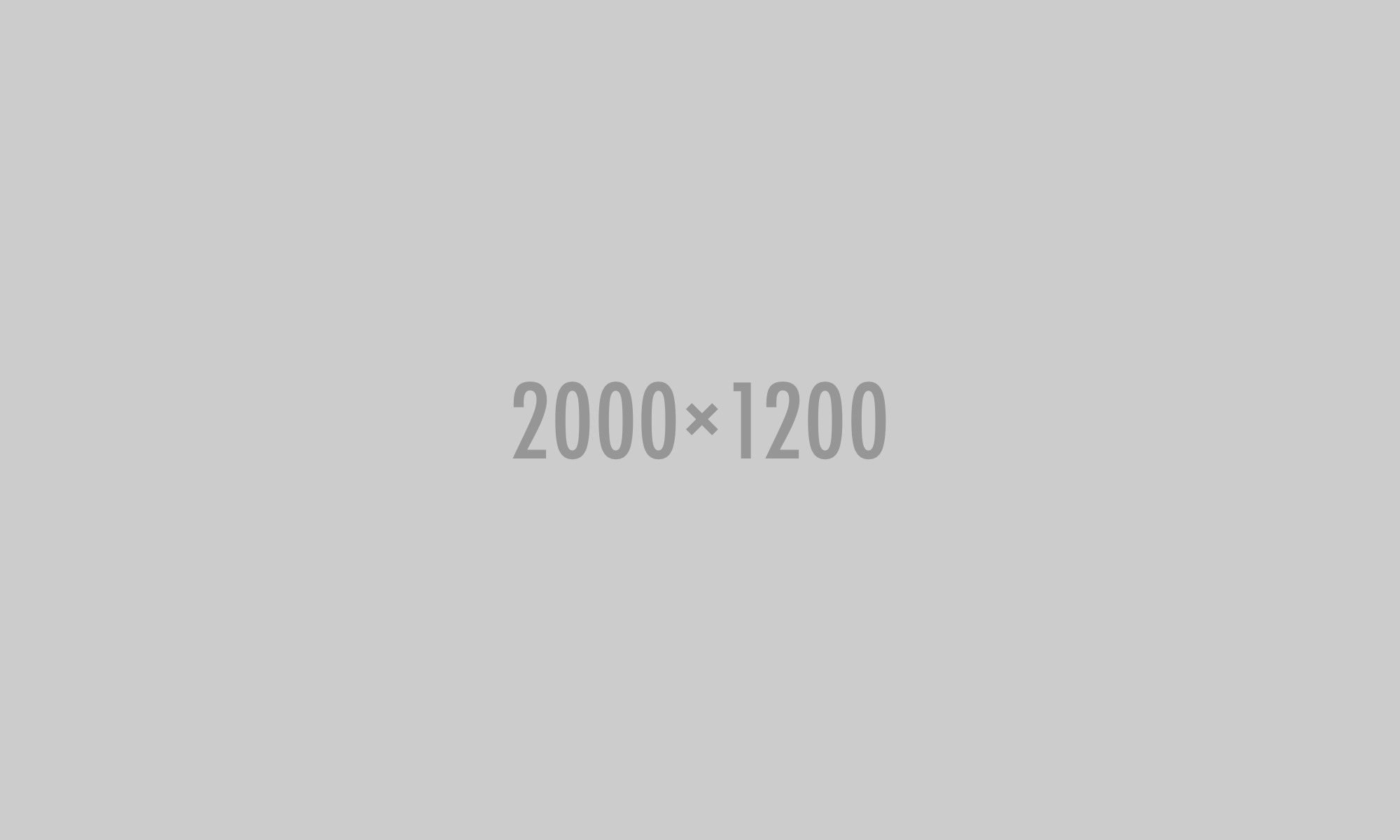Subtotal: $215.00
Shortcodes
Toggles
TOGGLES 1
TOGGLES 2
TOGGLES 3
Tabs
Table
| # | COLUMN 1 | COLUMN 2 | COLUMN 3 | COLUMN 4 |
|---|---|---|---|---|
| 1 | Row 1 cell 1 | Row 1 cell 2 | Row 1 cell 3 | Row 1 cell 4 |
| 2 | Row 1 cell 1 | Row 1 cell 2 | Row 1 cell 3 | Row 1 cell 4 |
| 3 | Row 1 cell 1 | Row 1 cell 2 | Row 1 cell 3 | Row 1 cell 4 |
| 4 | Row 1 cell 1 | Row 1 cell 2 | Row 1 cell 3 | Row 1 cell 4 |
Audio
Video
Slider
Button
Dropcaps
Champagne corks built from several sections are referred to as agglomerated corks.Mushroom shape is a result of the bottom section, which is in contact with the wine, being composed of two stacked discs of cork, cemented to the upper portion which is a conglomerate of ground cork and glue. Prior to insertion, a champagne cork is almost 50% larger than the opening of the bottle. They start as a cylinder and are compressed prior to insertion into the bottle.
Pouring sparkling wine while tilting the glass at an angle and gently sliding in the liquid along the side will preserve the most bubbles, as opposed to pouring directly down to create a head of “mousse”, according to the study On the Losses of Dissolved CO2 during Champagne serving. Colder bottle temperatures also result in reduced loss of gas. The industry is also developing Champagne glasses designed specifically to reduce the amount of gas lost.
On 18 April 2007, the Journal of Agricultural and Food Chemistry published the results of a recent joint study by the University of Reading and University of Cagliari that showed moderate consumptions of Champagne may help the brain cope with the trauma of stroke, Alzheimer’s disease, and Parkinson’s disease. The research noted that the high amount of the antioxidant polyphenols in sparkling wine can help prevent deterioration of brain cells due to oxidative stress.
Quote
Champagne, if you are seeking the truth, is better than a lie detector. It encourages a man to be expansive, even reckless, while lie detectors are only a challenge to tell lies successfully.
Highlight
Google maps
Image
Infobox
General
Lorem ipsum dolor sit amet, consectetur adipisicing elit. Modi, sint tempora est architecto unde accusantium dicta dolorum obcaecati commodi accusamus.Success
Lorem ipsum dolor sit amet, consectetur adipisicing elit. Modi, sint tempora est architecto unde accusantium dicta dolorum obcaecati commodi accusamus.Warning
Lorem ipsum dolor sit amet, consectetur adipisicing elit. Modi, sint tempora est architecto unde accusantium dicta dolorum obcaecati commodi accusamus.Line
Solid grey
Dashed red
Dotted green
List
- Champagne
- Burgundy
- Pinot Gris
- Pinot Blanc
- Chardonnay
- Champagne
- Burgundy
- Pinot Gris
- Pinot Blanc
- Chardonnay
- Champagne
- Burgundy
- Pinot Gris
- Pinot Blanc
- Chardonnay
- Champagne
- Burgundy
- Pinot Gris
- Pinot Blanc
- Chardonnay
Wine Properties (Bar)
Team

PAMELA FRYMAN

JOHNNY DOE


